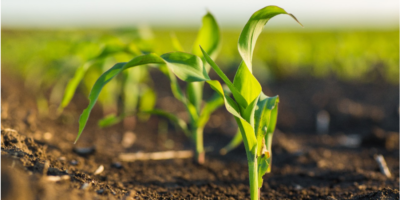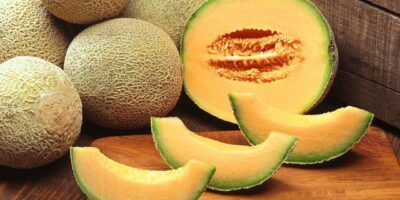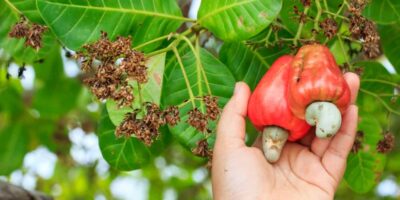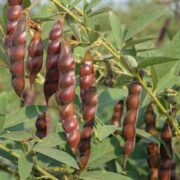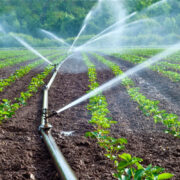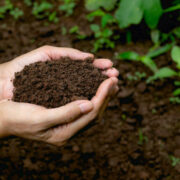Phalsa Fruit: Phalsa fruit, scientifically known as Grewia asiatica, is a delectable and unique berry-like fruit native to South Asia. This small, round fruit is celebrated for its sweet and tangy flavour, making it a favourite among fruit enthusiasts. With its deep purple to black skin and juicy, pale flesh, phalsa offers a delightful combination of taste and nutrition. In this introduction, we’ll explore the fascinating characteristics and cultivation of this tropical gem, as well as its diverse culinary uses.
Phalsa fruit is a delicious and nutritious berry that can be grown in your garden with ease. Whether you’re a seasoned gardener or a beginner, this guide will help you understand the basics of phalsa fruit cultivation.
Also Read: Vermi Composting: Turning Organic Waste into Profitable Vermi Composting for Rural Indian Farmers

Phalsa Fruit Cultivation
Selecting the Right Location:
Start by choosing a sunny spot in your garden where your phalsa plant can get at least 6 to 8 hours of sunlight each day. Phalsa plants love the sun, and this will help them thrive.
Preparing the Soil:
Phalsa plants prefer well-draining soil that is rich in organic matter. You can mix compost or well-rotted manure into the soil to make it fertile. Make sure the soil pH is around 6.5 for optimal growth.
Planting Phalsa Seeds:
You can either grow phalsa from seeds or purchase young phalsa plants from a nursery. If you’re starting from seeds, plant them about 1/2 inch deep in the soil and water gently.
Watering:
Keep the soil consistently moist but not waterlogged. Water your phalsa plant regularly, especially during dry spells. Be careful not to overwater, as this can harm the plant.
Pruning:
Phalsa plants tend to grow vigorously. To encourage bushier growth and better fruit production, prune the plant by cutting back the long branches during the growing season.
Fertilizing:
Feed your phalsa plant with a balanced, slow-release fertilizer once every four to six weeks during the growing season spring and summer.
Also Read: Plant Protection: How Oil Cakes Can Help to Protect Plants from Diseases
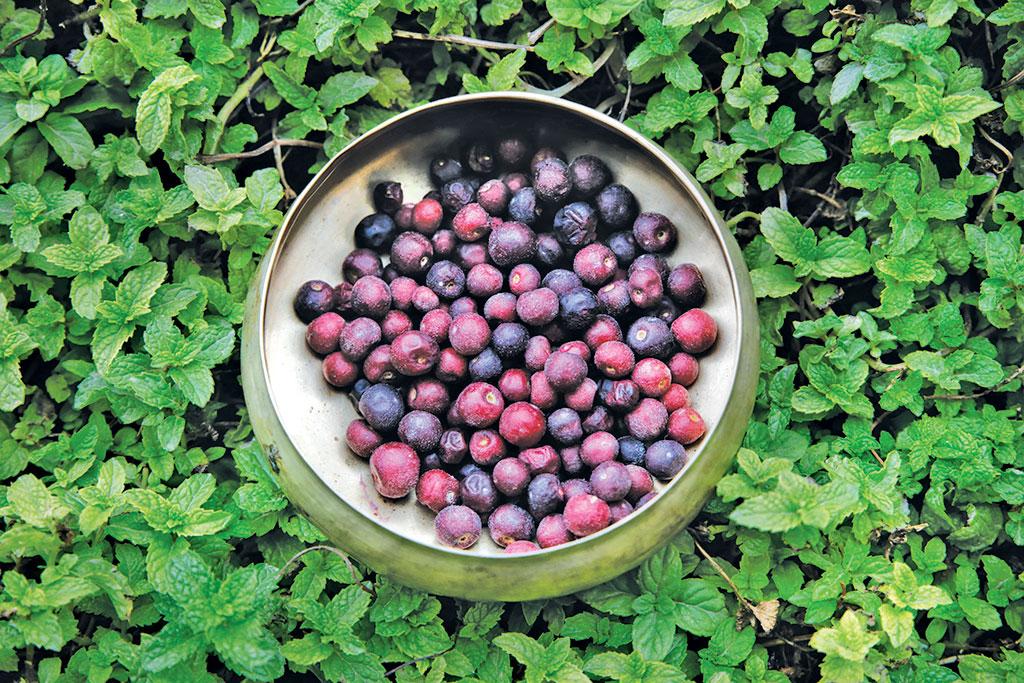
Phalsa Fruit Cultivation
Pest and Disease Management:
Keep an eye out for common pests like aphids and caterpillars. You can use natural remedies or organic pesticides to protect your plants. Remove any diseased or damaged leaves promptly to prevent the spread of diseases.
Harvesting:
Phalsa fruits ripen in late spring to early summer. You’ll know they are ready to harvest when they turn dark purple or black and feel slightly soft to the touch. Gently pluck the ripe fruits from the plant.
Enjoying Your Phalsa Fruits:
Phalsa fruits are best enjoyed fresh. They have a sweet and tangy flavour and can be eaten as a snack, added to fruit salads, or used in making jams and juices. They are packed with vitamins and antioxidants, making them a healthy addition to your diet.
Winter Care:
In colder regions, provide protection to your phalsa plant during the winter by covering it with a layer of mulch to keep the roots warm.
Growing phalsa fruit is a rewarding experience, and with a little care and attention, you can enjoy the tasty and nutritious fruits right from your garden. Remember to choose a sunny spot, prepare the soil, water and fertilize appropriately, and protect your plant from pests. Soon, you’ll be relishing the delicious flavours of your homegrown phalsa fruits.
Also Read: Remote Sensing: A Superpower for Farming and Nature



